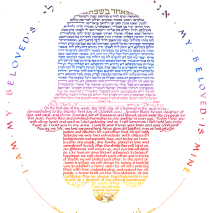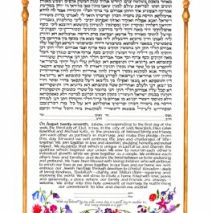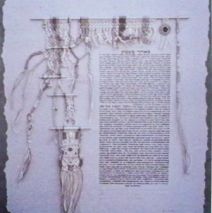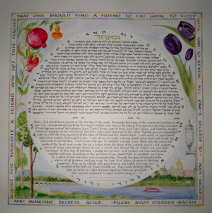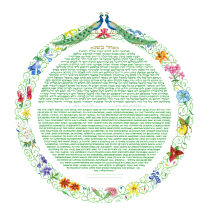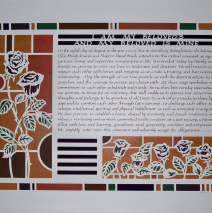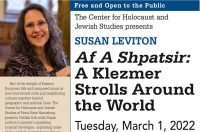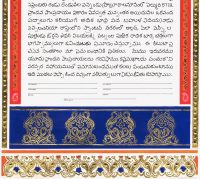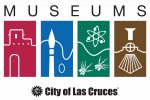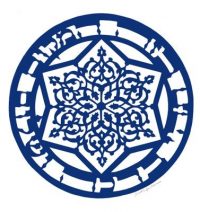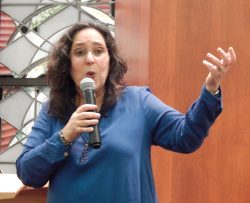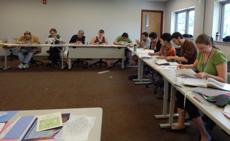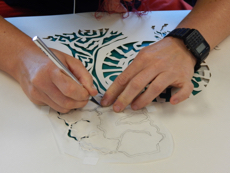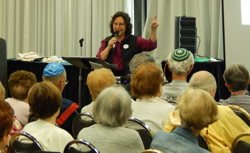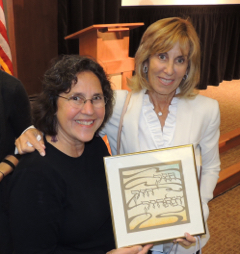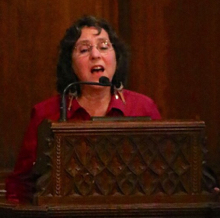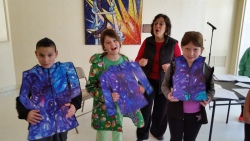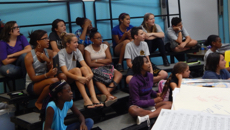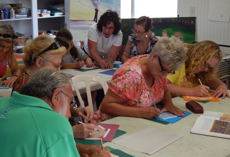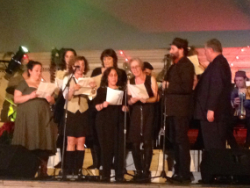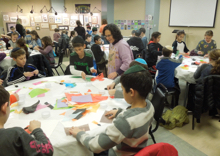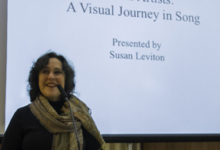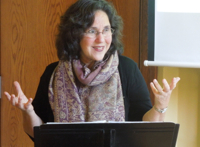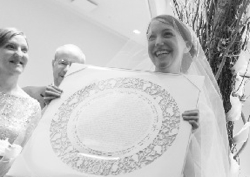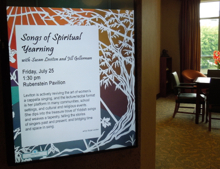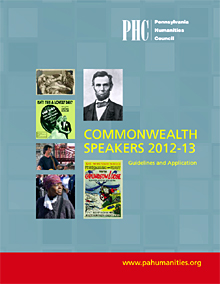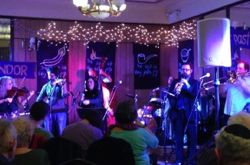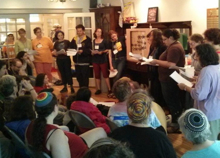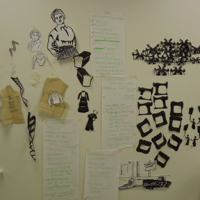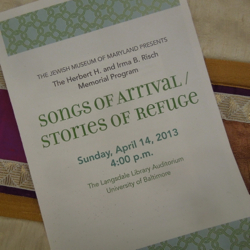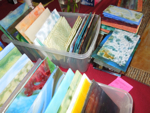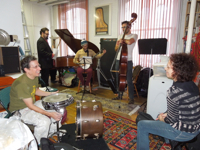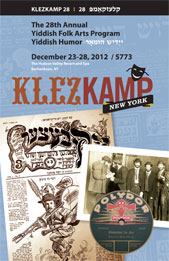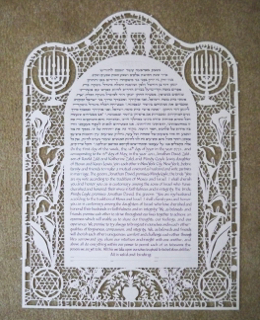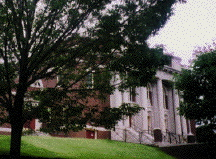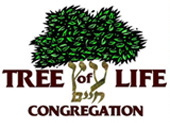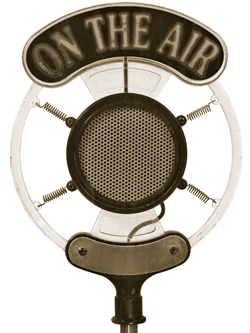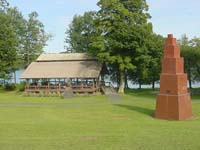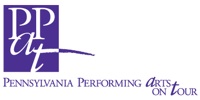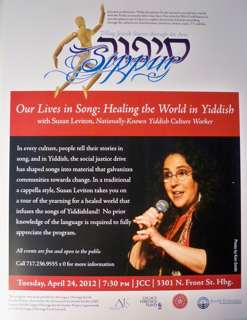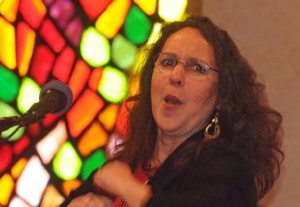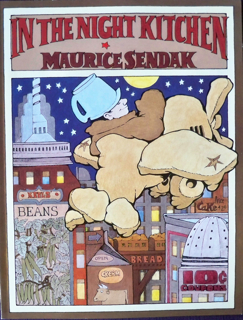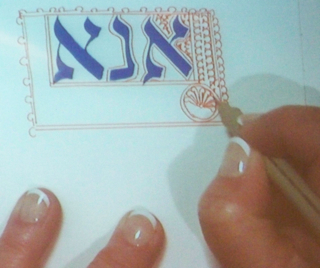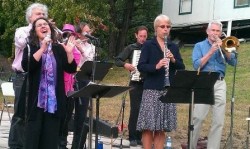Hamsa Ketubah
Sometimes the most elegant way to illuminate text is to allow the text to be the illumination! Quite simply, the text here is the design. (This technique has a name: calligram.) This couple wanted their ketubah to be rich with the colors of sunset and they found the Hamsa shape compelling. Quite an engineering feat! Tiny raised gold leaf dots add sparkle to the design, and the finished document incorporates the witnesses’ signatures both within the body of the lettered text (after the Aramaic) and to complete the outer oval (following the English text below.) There are so many small decisions to be made, and where to put the lines for signatures is an example of part of that process. ...
Read MoreElul Huppah Ketubah
Creating this ketubah touched me deeply, as it was made for a dear friend who had been widowed. The English text of her first ketubah (which happened to be the first one I ever made) included an English line about the interwoven strands of the couple’s life. In celebrating this new love and life, I added an intricate papercut on the urn at the base – a mogen david comprised of intricately interwoven strands. The vessel itself is one that echoes the Tree of Life design seen in many cultures where green and flowering plants grow out of a container such as this one. The top of the huppah spells out the line from Song of Songs, “I am my beloved’s and my beloved is mine.” It is traditional that the initial letters of the four Hebrew words form an acronym for the month of Elul, most appropriate here as the wedding took place during that month. ...
Read MoreMacrame Ketubah
This intricate piece of fiber art tells a story! The ketubah was designed for a couple, each of whom had been married and had raised children before finding each other and beginning a whole new life together. The delicate macrame is crafted of perle cotton with tiny beads and mirrors worked in here and there. The story of the fiber art is that of their individual and then united paths: highly structured and tightly knotted at the beginning, then unraveling and leading to some ‘loose ends’, and then finally coming together is a beautiful new pattern, as yet unfinished, and leading off the paper edge. A tiny mirror worked into the design at the upper right reminds them to look inward and be true to themselves. The long twisting tassel on the far right is knotted as the tsitsit are knotted, to acknowledge their abiding connection to a Jewish life. Crafting a piece like this offers me many personal gifts: I come to know two people in ways I would not otherwise. The nature of this type of fiber art is that it is quite labor intensive and meditative, and so it allows me to hold the couple in mind as I make choices over and over about color, design and embellishment – it becomes an intentional piece of art as it evolves. And I have the opportunity to envision an artistic whole that involves more that two dimensions and is more than applying ink or paint to...
Read MoreCityscape Ketubah
People often sit with me (or Skpye, or email, or otherwise connect) as we get to know one another and develop a ‘shopping list’ of what’s to go on the ketubah. Then it’s up to me to help them with a weeding process and take the final list and turn it into an aesthetic whole. This couple wanted their deep love for their hometown to be reflected in the ketubah, so pictures, postcards, and an extensive on-line search gave me enough material to place the two of them on the far shore of the river looking back at their city. The purple/black tulips and pomegranates reach towards one another at the top, and the text from Avot is lettered in the same colors as the city and river scene. It’s important when laying out text that wraps around a piece, as the circular ring of writing here from Shir HaShirim and the outer border lettering do, to be sure that the writing is legible without having to stand on one’s head to read it!! Thus the layout process involves more than even spacing. I always manipulate the words so they are not a distraction, but an enhancement of the overall design. ...
Read MorePeacock 50th Anniversary Ketubah
After 50 years, this couple chose to mark their anniversary with a beautiful ketubah. The ring of naturalistic spring wildflowers and the very specific spring green used for lettering the text captured their joy at finding themselves at this wondrous milestone. Peacocks are an obvious symbol of beauty in many parts of the world, but within Yiddish culture di goldene pave (the golden peacock) stretches beyond that as a literary symbol of the perpetuation of the culture. The peacocks that flank the top of the ketubah ring are flecked with gold leaf as a nod towards that part of our...
Read MorePapercut Roses
Entering into a second marriage, this couple was interested in acknowledging their new blended family and chose to represent themselves and their five children with one papercut rose each. The non-traditional, all English text of this document indicates a direction that some people are taking when dipping into a two thousand year old formula and finding a personal voice. Papercut art has a long history in the Jewish world, and this use of an Arts and Crafts architectural format and color palette in a meaningful Jewish document is in perfect keeping with the way in which ketubah art has always offered a snapshot of Jewish life set in time and place. After the design of such a papercut work, the most painstaking part of the execution is in fitting the color behind the piece. With only thin lines separating segments, the painted colors must be cut and set in on the back of the work with meticulous care. I work with a wide range of lettering styles (referred to as ‘hands’) in both Hebrew and English. This had is a modernized form of Carolingian English lettering, which seems to work well with the overall...
Read More
